how do brakes work on a train
In this small tutorial we go through the basics of how train brakes work. The train brakes are now released and the.

Brake System In Train Emergency Brake In Train Air Brake In Train च न प ल ग In Hindi Youtube
The brakes apply whenever the air pressure in the brake pipe drops.

. For the train to actually move the operator has to disconnect this air tank. Each cars has a set of brakes air lines and cylinders which. Us freight railroad brakes use a pressurized air line to supply reservoirs on each car.
The resistance of the motor field acts as a brake on the locomotive which in turn helps to slow the train. Brake cylinder of each car causes the brakes to move away from the wheels. Essentially the brakes are always on.
Air brakes can be either drum brakes or disc brakes or a combination of both. But the handbrake and the air cylinder work independently. In the early part of the 20th century many British railways employed vacuum brakes rather than the railway air brakes used in much of the rest of the world.
The train brakes are released by admitting air to the train pipe through the engineers brake valve. The main advantage of vacuum was that the vacuum can be created by a steam ejector with no moving parts and which could be powered by the steam of a steam locomotive whereas an air brake system requires a noisy and complic. Yes every car on a train has its own set of brakes.
When there is a dip in pressure in that line from an application or a. Each reservoir on each car is charged up by air supplied from the locomotive through the brake pipe. When you push the function key to turn on the dynamic brakes on a DCC-sound-equipped model locomotive the sound you hear is those fans kicking in.
He or she does this by pumping air into a. If the train accidentally. This is made possible by an air line that spans the entire length of the train.
He or she does this by pumping air into a separate line called the. A What are independent brakesb What are auto brakesc What re dynamic brakesd. If the train accidentally uncouples the.
The power part comes from air stored in a reservoir on each car. Depends on the train and location. The electric current generated by the motors in the dynamic-braking.
Both the handbrake and the air cylinder move the linkage of rods and levers that apply the brake shoes to the wheels. As the air escapes the spring in the cylinder will push the piston back and cause the brake blocks to be removed from contact with the wheels. The most simple answer is that to release the brakes you pump up the air and to set the brakes.
Bogies The Railway Technical Website Prc Rail Consulting Ltd

Lhb Coaches Bogies Brake System How Lhb Rake Brake System Work Lhb Icf Braking Distance Youtube
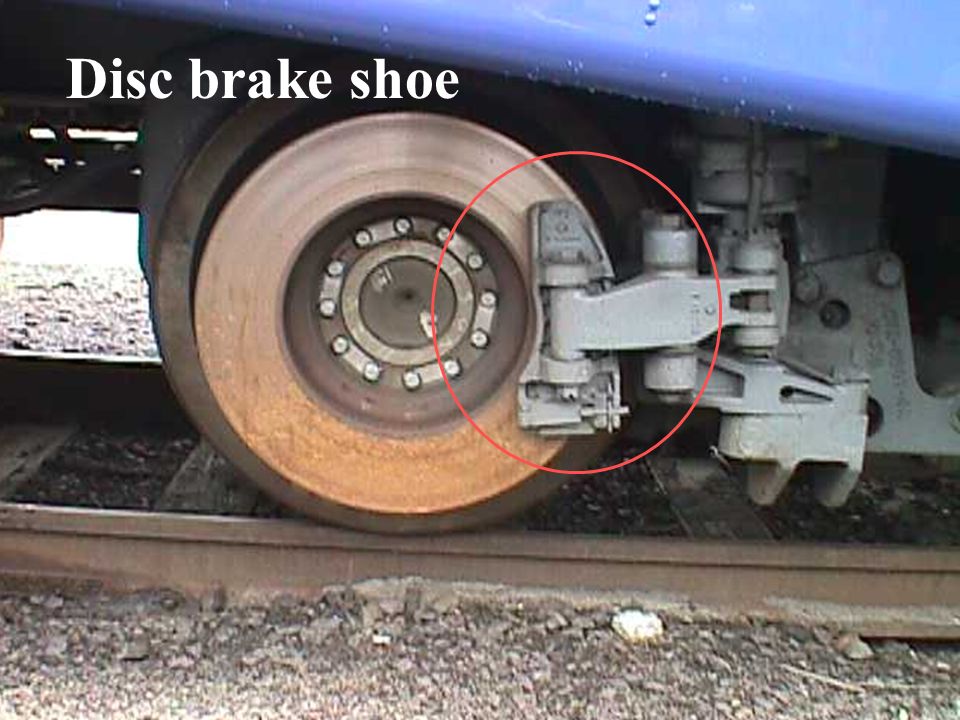
Locomotive And Car Brake Systems Ppt Video Online Download
Electro Pneumatic Brakes The Railway Technical Website Prc Rail Consulting Ltd

How Does Regenerative Braking Work Skill Lync Youtube
Vacuum Brakes The Railway Technical Website Prc Rail Consulting Ltd
Vacuum Brakes The Railway Technical Website Prc Rail Consulting Ltd
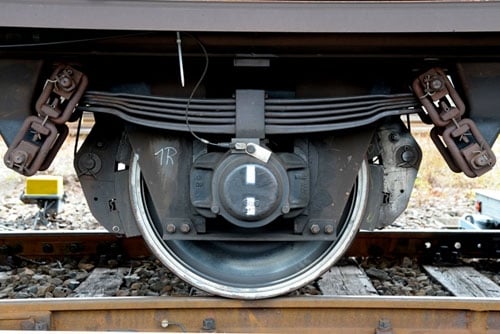
A Life Cycle Approach To Braking Costs International Railway Journal

What Is Train Air Brake Trainairbrake Introduction Of Train Braking System Lhb Train Brake Youtube

Braking In Trains Regenerative Brakes Air Brakes Mechanical Brakes Dynamic Braking Youtube
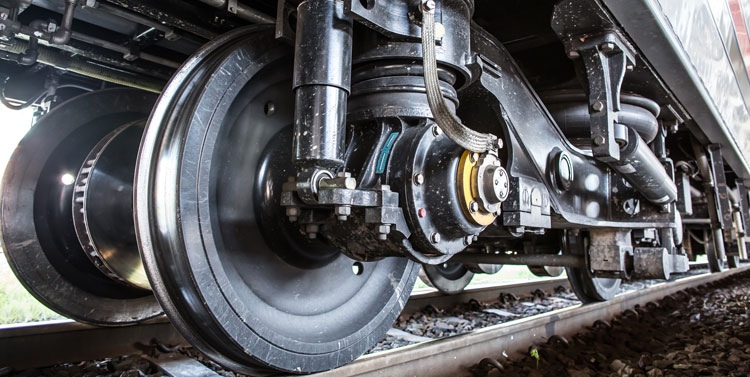
Train Braking Performance Determination Global Railway Review
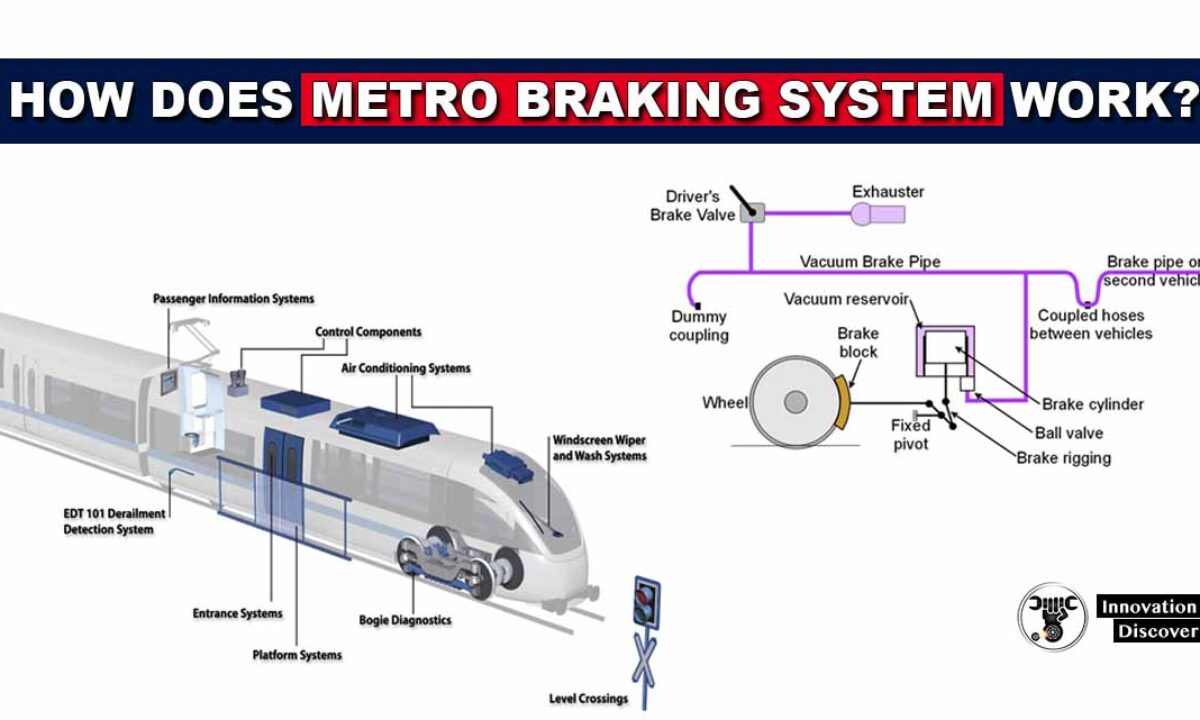
What Type Of Braking System Used In Metro Trains How Does Metro
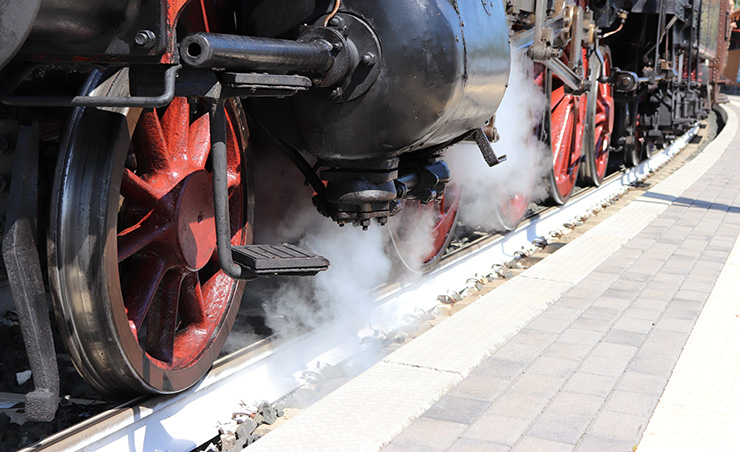
Westinghouse And The Fail Safe Train Air Brake Part 1 The Problem Electrical Engineering News And Products
Electro Pneumatic Brakes The Railway Technical Website Prc Rail Consulting Ltd
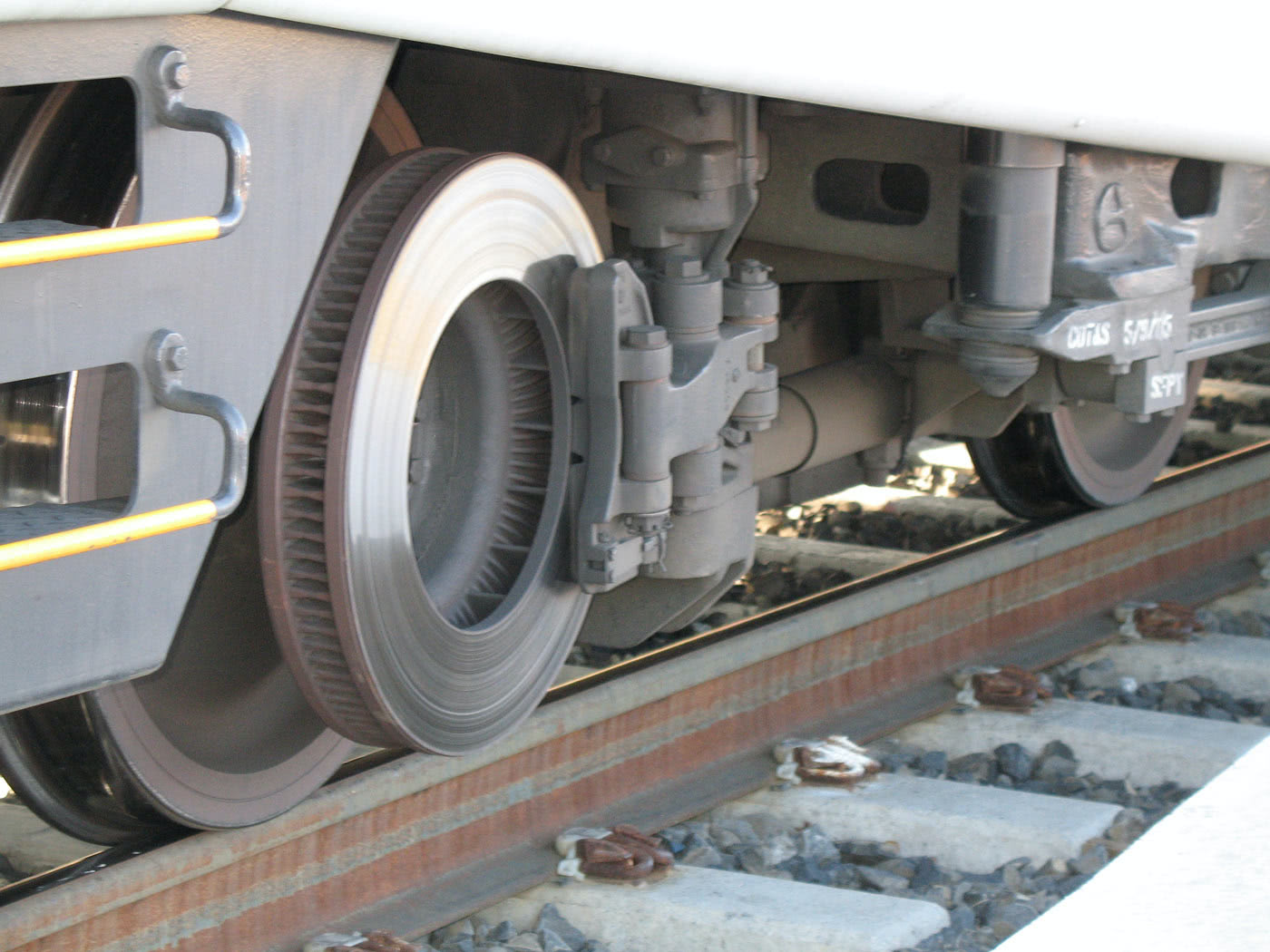
Rail Way Dust Its Effect On A Digital Display Metrospec

Couplers Brakes The Transcontinental Railroad
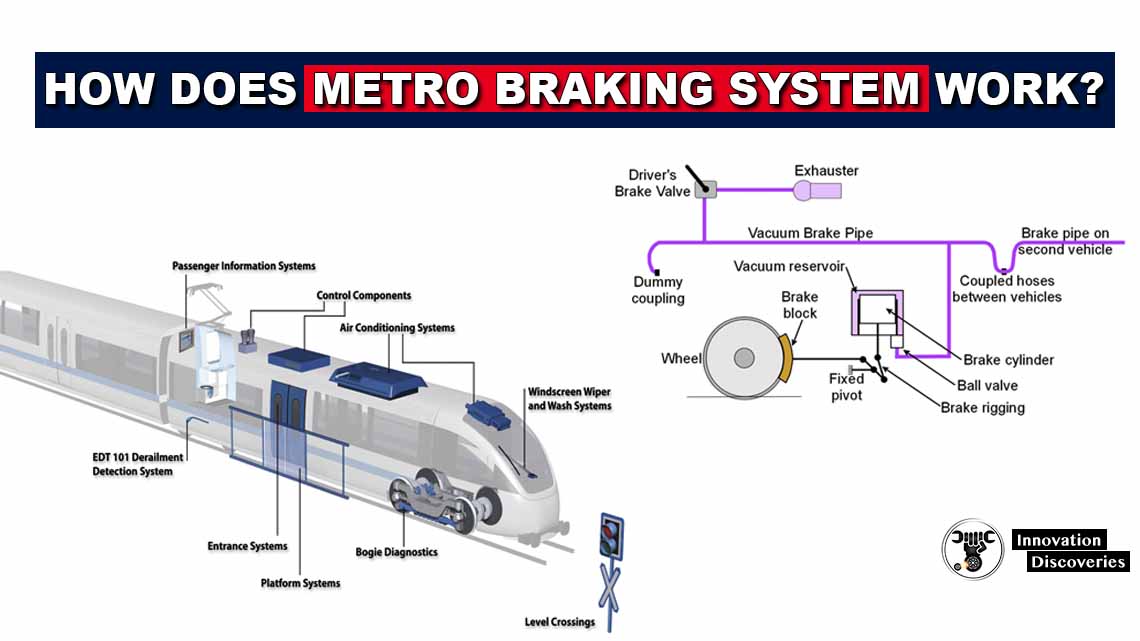
What Type Of Braking System Used In Metro Trains How Does Metro
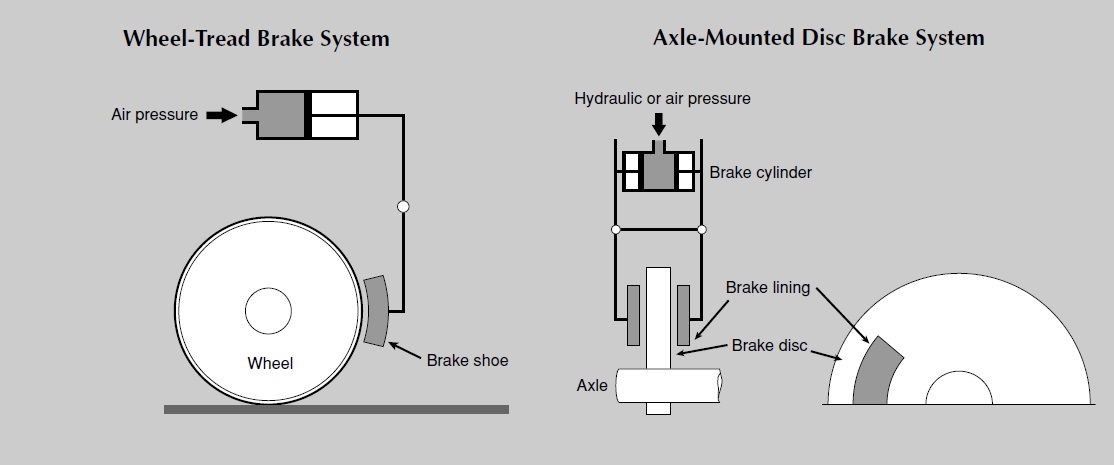
.jpg)